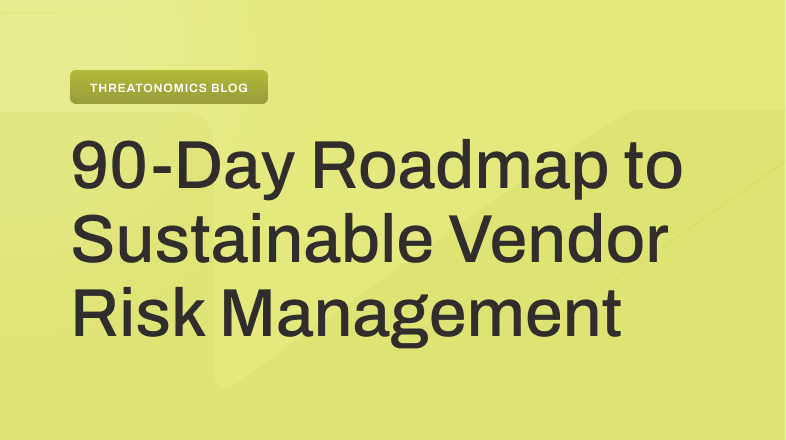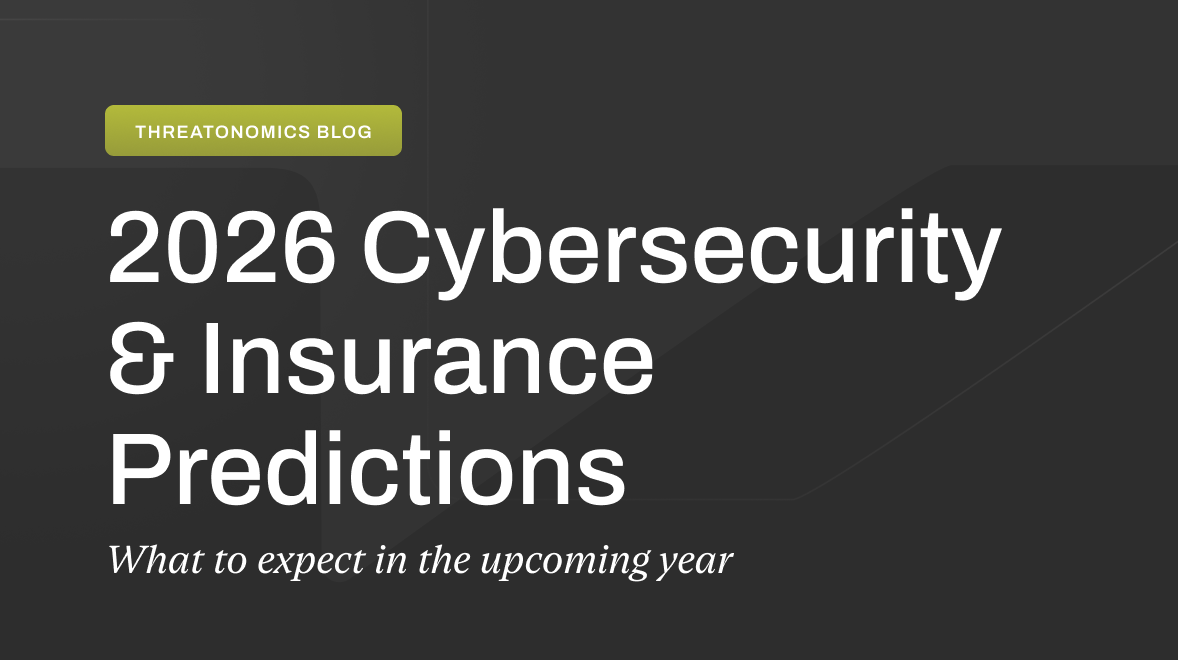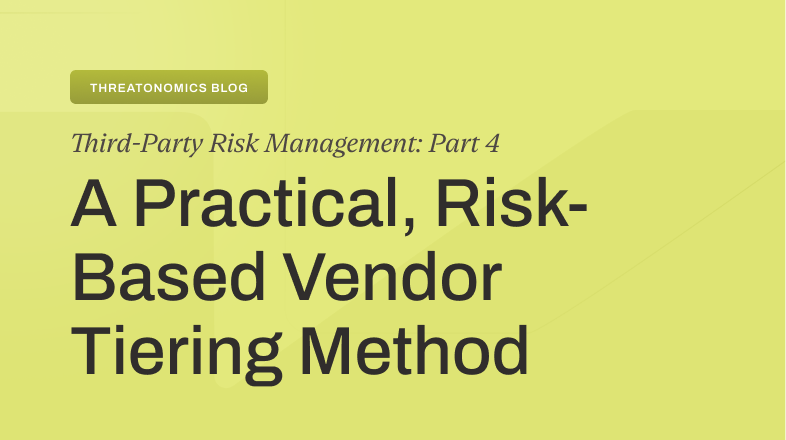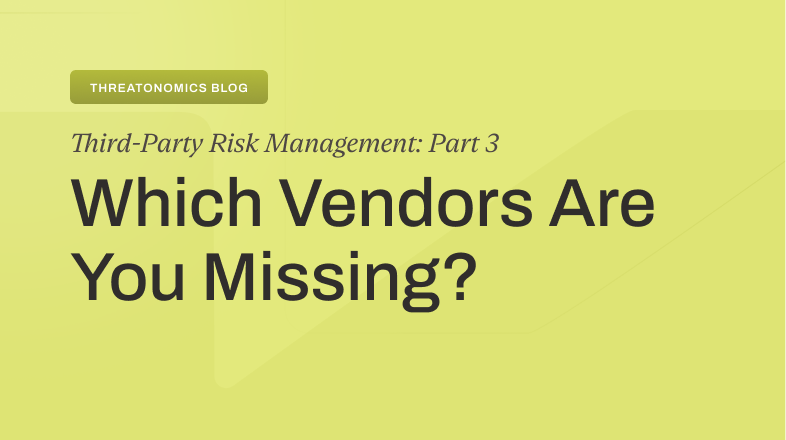What should you do when cyber criminals impersonate your organization’s identity?
Domain spoofing is a cyberattack technique most commonly used in phishing and fraud, where criminals impersonate a legitimate organization’s domain name to deceive users. Think of it as digital identity theft at scale: Attackers make fraudulent emails or websites appear as if they originate from your trusted company domain, tricking victims into revealing sensitive data, downloading malware, or transferring money.
The attack takes two primary forms: website spoofing and email domain spoofing. Website spoofing involves attackers registering web addresses that closely resemble your real domain, such as substituting characters (amazon.com becomes amaz0n.com with a zero), adding words (yourcompany.com becomes yourcompany-security.com), or registering subdomains on hosting providers (youcompany.azurewebsites.net or yourcompany.webflow.io) . These spoofed sites typically copy your website’s design and branding perfectly, making them nearly indistinguishable to unsuspecting users.
Email domain spoofing is another common threat vector. Criminals forge the “From” address in emails to make messages appear to come from your domain or trusted employee addresses. This is possible because the core email protocol (SMTP) doesn’t verify sender addresses by default—a fundamental vulnerability that attackers exploit regularly.
How to spot a spoofing attack
The most immediate indicator of an email domain spoofing attack is often a spike in email bounce-backs for messages your team never sent. These “undeliverable” notices suggest attackers are sending spam or phishing emails forged from your domain. Customer complaints are another critical warning sign, whether they’re reporting suspicious emails claiming to be from your company or discovering websites that mimic your login pages.
Your technical infrastructure may also provide early warnings. DMARC authentication reports showing unauthorized IP addresses sending emails from your domain indicate active spoofing attempts. You might notice legitimate company emails being flagged as spam due to domain reputation damage from spoofing activities. Social media monitoring can reveal discussions linking your brand to suspicious activity, while customer service teams may field increasing inquiries about fraudulent communications supposedly from your organization.
How to prevent domain spoofing
Your first line of defense involves implementing robust email authentication protocols. SPF, DKIM, and DMARC work together to verify email authenticity. SPF (Sender Policy Framework) specifies which mail servers can send emails on your behalf, while DKIM (DomainKeys Identified Mail) uses cryptographic signatures to verify email authenticity. DMARC (Domain-Based Message Authentication) provides instructions for handling emails that fail authentication.
Modern email security platforms use DMARC enforcement, heuristic analysis, and threat intelligence to quarantine spoofed messages before they reach users. Configure your systems to flag external emails using display names of your executives or domain to help employees identify potential impersonation attempts.
Second, plant your flag: proactively claim these domains and sites before cybercriminals do. If this sounds like a lot of work, remember that post-detection remedies to reclaim domains can cost thousands of dollars per domain, take weeks, and rely on rules that cost time and money to monitor, evidence, and act on. For domains, UDRPs (Uniform Domain Name Dispute Resolution Policy) typically require evidence that trademark infringing content is hosted. For websites, large service providers have their own rules and response times – not something you want to find out during a time-sensitive incident response. Others, especially “bulletproof” hosters, simply ignore these requests.
Domain monitoring services also provide crucial early warning capabilities. These tools continuously scan for lookalike domain registrations that could be used against your organization. Services like DomainTools, ZeroFox, and PhishLabs can alert you to suspicious domains before they’re weaponized in attacks. Even free tools like DNSTwist can generate likely variants of your domain for monitoring purposes. And manual techniques like reviewing certificate transparency logs can reveal unauthorized certificates containing your brand name, potentially indicating preparation for spoofing attacks.
How to respond when spoofing strikes
When you discover domain spoofing, time is critical. Follow this structured eight-step approach:
1. Investigate and document
Confirm the spoofing incident and assess its scope by identifying whether it involves fraudulent emails, websites, or both. Collect comprehensive evidence including exact spoofed addresses, timestamps, screenshots, and full email headers when possible. Perform WHOIS lookups on malicious domains to identify hosting providers and registrars. Critically, verify that your own systems haven’t been compromised as part of a broader attack.
2. Implement technical protections
Deploy or reinforce SPF, DKIM, and DMARC configurations immediately, moving DMARC to enforcement mode if not already active. Configure DMARC reporting for ongoing visibility into spoofing attempts. These changes help prevent the attacker’s emails from reaching additional victims as DNS propagates the updates.
3. Contain the threat
Alert employees with specific details about the spoofing incident, particularly customer-facing staff and IT security team members. Notify customers and partners through official channels about the impersonation scam, providing clear guidance on identifying legitimate communications from your organization. Update email and web filters to block known malicious content, and submit fraudulent URLs to browser security services like Google Safe Browsing and Microsoft SmartScreen for widespread blocking.
4. Report to authorities
File reports with the FBI Internet Crime Complaint Center (IC3) and consider notifying the FTC under the new Impersonation Rule. Industry-specific regulators may require notification, such as banking regulators for financial institutions. Document all reports for future reference and potential legal proceedings.
5. Initiate takedowns
Contact hosting providers with formal abuse complaints demanding removal of fraudulent websites. Report malicious domains to registrars for suspension, leveraging ICANN’s DNS abuse compliance processes that have shown increasing effectiveness. Use established security contacts at major providers when available for faster response times.
6. Explore legal remedies
Send cease-and-desist letters, particularly when backed by trademark claims. Consider filing UDRP (Uniform Domain Name Dispute Resolution Policy) complaints to recover trademark-infringing domains, but note that the cost of these can be quite high. Issue DMCA takedowns for copied website content, while evaluating federal anti-cybersquatting actions for significant cases involving clear bad faith.
7. Manage communications
If an attack is significant in size, consider issuing public statements, being transparent about the threat while reinforcing what legitimate communications look like. Prepare customer support teams with incident-specific talking points and consider establishing a dedicated help page or hotline. Monitor social media for misinformation and respond through official channels to correct false narratives.
8. Strengthen future defenses
Review the incident timeline and response effectiveness to identify gaps or improvements. Implement any missing security controls revealed by the attack. Conduct employee security awareness training using the incident as a real-world example. Update incident response procedures to incorporate lessons learned and ensure faster response to future spoofing attempts.
Assume the best, but prepare for the worst
Domain spoofing attacks will continue to evolve, but organizations that implement comprehensive defenses and maintain robust response capabilities can minimize their impact. The key lies in moving from reactive to proactive security—implementing email authentication protocols, monitoring for brand abuse, and maintaining a tested incident response plan ready for immediate deployment.
The reality is stark: you cannot prevent criminals from attempting to spoof your domain, but you can make their attacks fail and respond swiftly when they try. In our experience at Resilience, organizations that invest in both prevention and preparation consistently outperform those that rely solely on detection and response.
The most successful organizations treat domain spoofing as an inevitable threat rather than a remote possibility. They build defenses assuming attacks will occur, not hoping they won’t. This mindset shift from optimistic to realistic security planning makes all the difference when a crisis strikes.








